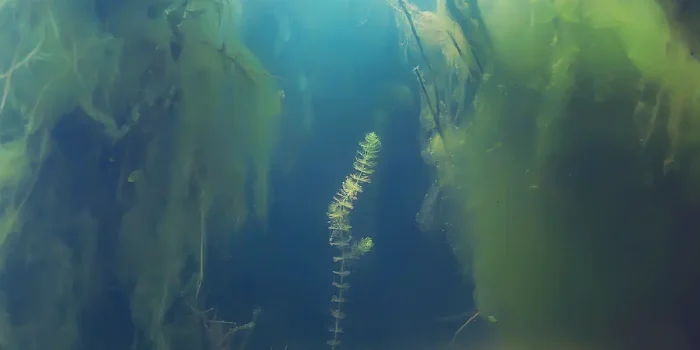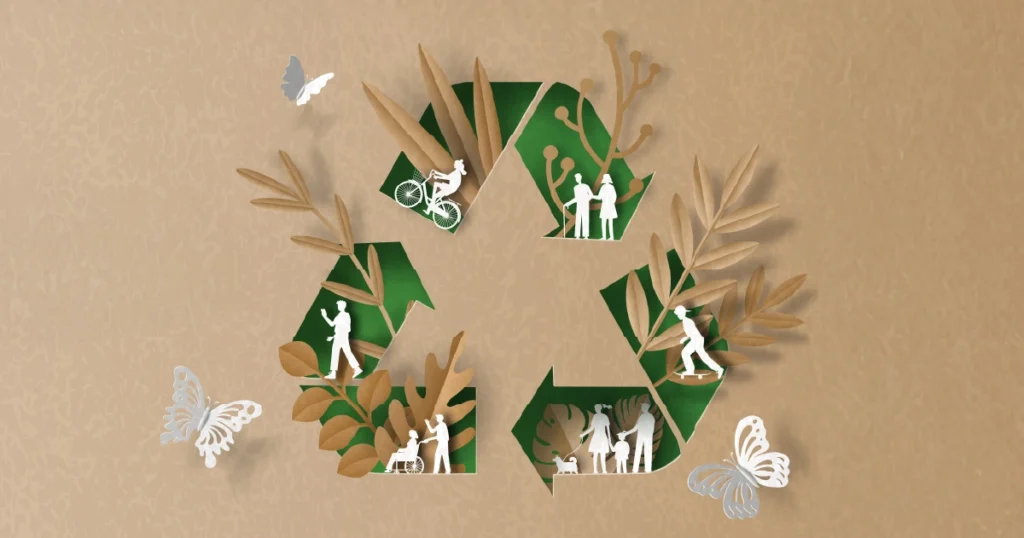Introduction
Harmful algae blooms (HABs) are surging in frequency and severity, posing significant threats to environmental sustainability, human well-being, and economic resilience. These dense overgrowths of algae, often fueled by excess nutrients and climate-driven changes, can release toxins, devastate ecosystems, and jeopardize water quality.
How can we address the multifaceted impacts of harmful algae blooms through a collaborative, interdisciplinary approach?
Understanding Harmful Algae Blooms
HABs occur when algae—microscopic organisms found in aquatic environments—proliferate rapidly, often forming thick green or red scums on the water’s surface. The phenomenon is triggered primarily by nutrient pollution, particularly nitrogen and phosphorus, from agricultural runoff, untreated sewage, and industrial discharges [1].
Climate change exacerbates HABs by raising water temperatures and altering rainfall and drought patterns. Warmer waters speed algal metabolism, while intense rainfall events wash more nutrients into rivers, lakes, and coastal zones. Together, these changes create ideal conditions for bloom formation and persistence [2].
Human Health Impacts
The toxins released during HABs can contaminate drinking water and seafood. Exposure occurs through ingestion, skin contact, or inhalation, and may result in various health issues:
- Neurotoxic Shellfish Poisoning (NSP) from Karenia brevis, causing nausea and respiratory distress
- Amnesic Shellfish Poisoning (ASP) from domoic acid in Pseudo-nitzschia, potentially leading to memory loss and seizures
- Paralytic Shellfish Poisoning (PSP) from saxitoxins, which can result in paralysis or even death [3]
Respiratory exposure is a particular concern in coastal communities during blooms, as toxins become aerosolized by wind and waves. Vulnerable populations, including children, the elderly, and individuals with asthma, are especially at risk [4].
Animal and Environmental Impacts
The ecological consequences of HABs are profound. As algae decompose, they consume dissolved oxygen, leading to hypoxic or “dead zones” where most aquatic life cannot survive. This has resulted in mass fish die-offs and ecosystem collapse in major water bodies worldwide [5].
Wildlife also suffers indirect effects. Toxins bioaccumulate in the food chain, poisoning marine mammals, birds, and invertebrates. In documented cases, dolphins, sea lions, and seabirds have died after consuming contaminated fish [3]. Domesticated animals, such as cattle and pets, have also died after drinking water tainted with cyanotoxins.
Economic and Social Costs
Beyond environmental damage, HABs incur steep economic costs. In the United States alone, direct and indirect damages—including lost fisheries, tourism revenue, healthcare expenses, and water treatment—exceed $80 million annually [1].
Communities dependent on aquaculture and tourism are often hardest hit. For example, a large bloom in South Australia’s Coorong Lagoon led to the death of hundreds of marine species and the collapse of the local fishing economy, underscoring the interconnectedness of ecosystem and livelihood stability [5].
A One Health Approach to Management
The complexity of HABs requires a One Health framework, which recognizes that the health of people, animals, and ecosystems is deeply interconnected.
- Surveillance and early warning systems—such as the CDC’s OHHABS—track bloom outbreaks and coordinate public health responses [6].
- Nutrient management strategies include restoring wetlands, reducing fertilizer application, and improving wastewater infrastructure.
- Community education empowers individuals to recognize bloom signs, avoid contaminated areas, and report suspicious water conditions.
- Interdisciplinary research enhances predictive modeling and mitigation technologies, including real-time satellite monitoring and microbial treatments.
This integrated approach ensures that prevention and response strategies are both comprehensive and sustainable.
Conclusion
Harmful algae blooms are not isolated environmental events—they are systemic health and sustainability threats. As climate change intensifies and agricultural demands rise, their prevalence will likely increase. A One Health approach, combining ecological stewardship, public health policy, and community engagement, offers a viable path forward. By addressing root causes and coordinating across disciplines, we can better protect our waters, ecosystems, and public health.
References
- Anderson, D.M., Glibert, P.M. and Burkholder, J.M., 2002. Harmful algae blooms and eutrophication: Nutrient sources, composition, and consequences. Estuaries, 25(4b), pp.704–726.
- Paerl, H.W. and Paul, V.J., 2012. Climate change: Links to global expansion of harmful cyanobacteria. Water Research, 46(5), pp.1349–1363.
- Landsberg, J.H., 2002. The effects of harmful algae blooms on aquatic organisms. Reviews in Fisheries Science, 10(2), pp.113–390.
- Fleming, L.E., Kirkpatrick, B., Backer, L.C., et al., 2011. Review of Florida red tide and human health effects. Harmful Algae, 10(2), pp.224–233.
- Diaz, R.J. and Rosenberg, R., 2008. Spreading dead zones and consequences for marine ecosystems. Science, 321(5891), pp.926–929.
- Centers for Disease Control and Prevention (CDC), 2023. One Health Harmful Algal Bloom System (OHHABS). [online] Available at: https://www.cdc.gov/ohhabs/about/index.html













